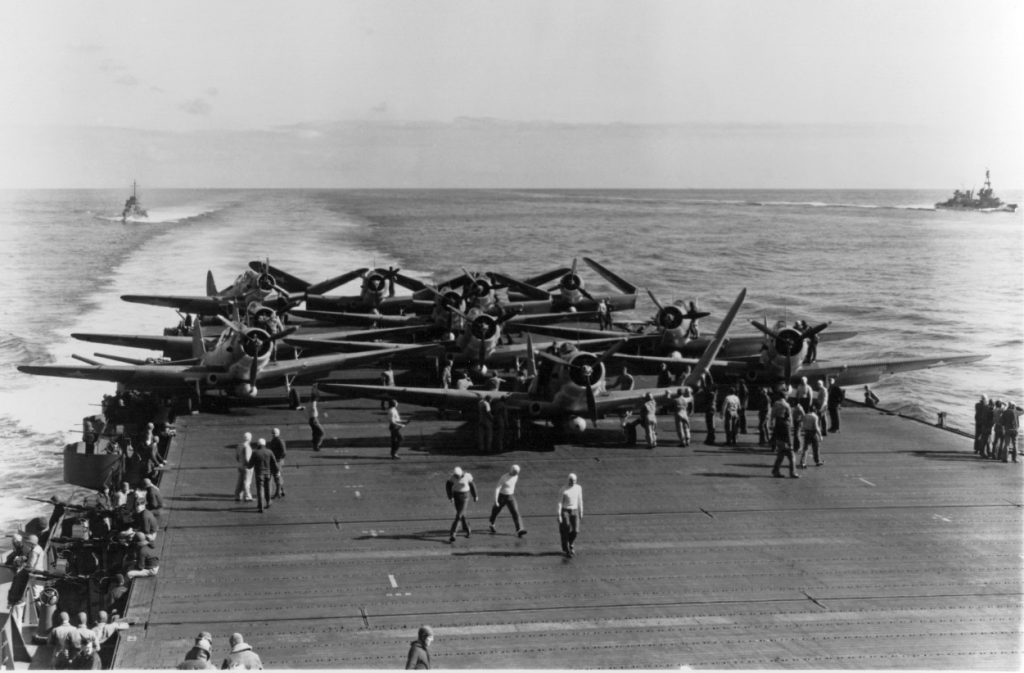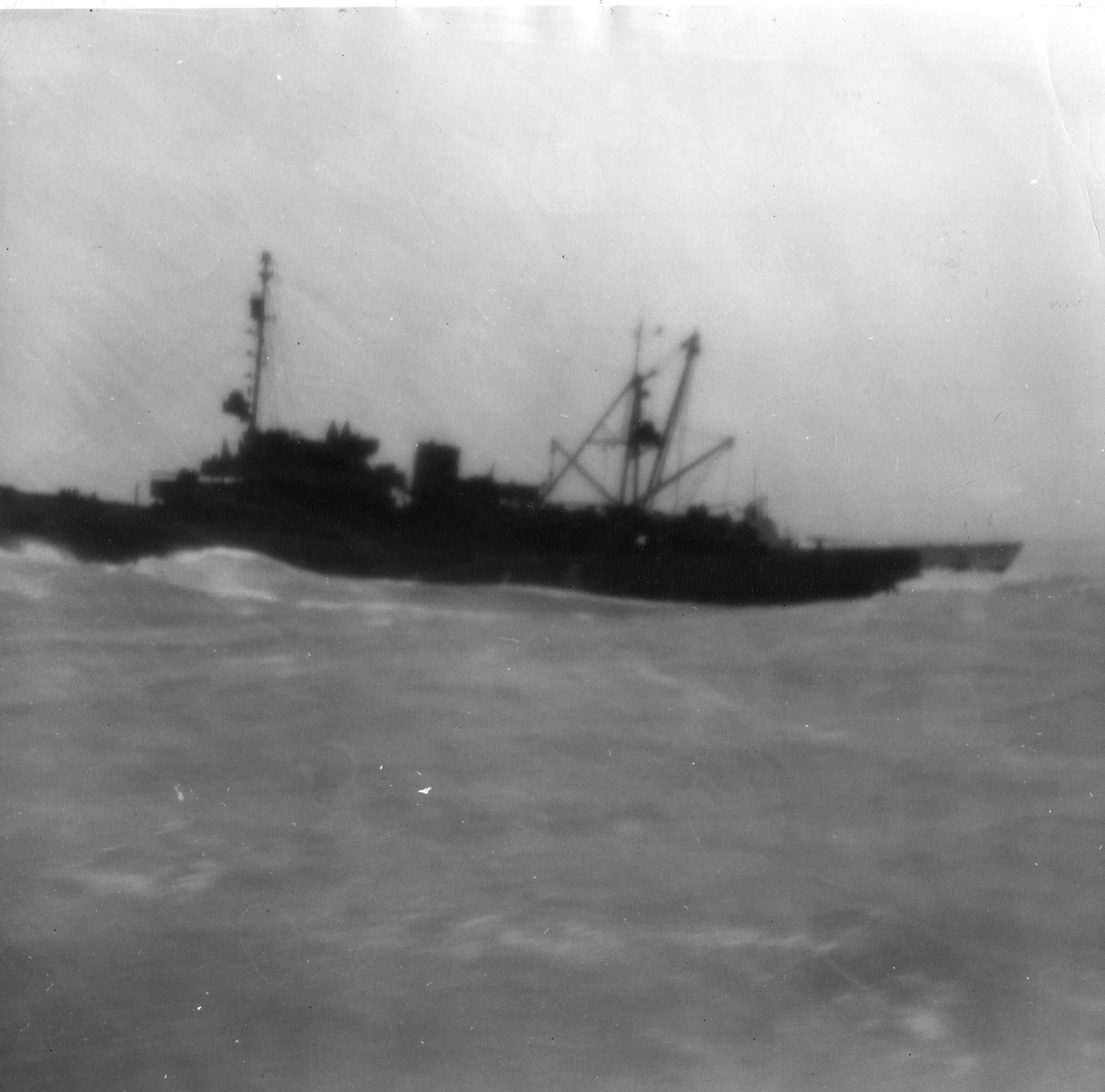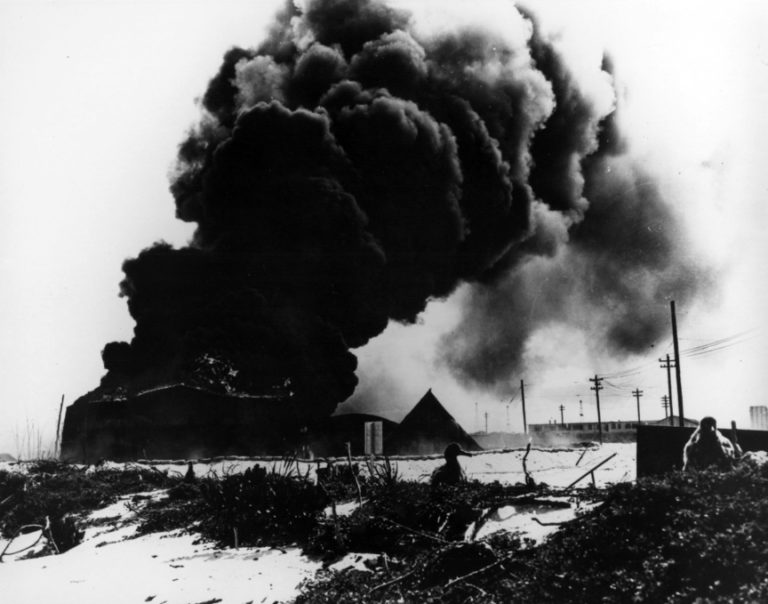
The Battle of Midway was fought 4-7 June 1942, just six months after the Japanese attack on Pearl Harbor. The Japanese hoped, by attacking Midway, to finish business they had left unfinished six months before; to lure the US carriers, which had fortuitously escaped destruction at Pearl Harbor, into battle and annihilate them; to gain possession of an island airbase from which to maintain a vast buffer of ocean and air space; and to demoralize the Americans sufficiently to bring them to terms—terms that would allow the spiritually hardier Japanese to pursue their glorious imperial destiny unmolested by the dissipated, racially polyglot barbarians on the far side of the Pacific.
But as Robert Burns could have told them, the best-laid schemes of mice, men and megalomaniacs do not always go as planned.
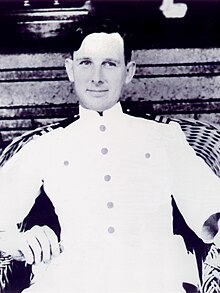
You can point to lots of reasons the Japanese plans for Midway went awry, but the most obvious one concerns intelligence. The Americans, with some help from their Dutch and British counterparts, had broken JN-25, the main Japanese naval code. Japanese radio messages intercepted after the Battle of the Coral Sea in May 1942 pointed toward an impending attack on an objective designated (presumably in translation) as AF.
Joseph Rochefort, the crossword puzzle and auction bridge aficionado who headed up the Navy’s cryptanalysis office at Pearl Harbor, suspected that AF was Midway. His hunch may have been based at least vaguely on the three years he had spent in Japan studying Japanese. One of Rochefort’s assistants, Lt. Cmdr. Wilfred “Jasper” Holmes, had done research at Midway before the war and knew the residents there relied on a desalinization plant to meet their fresh water needs.
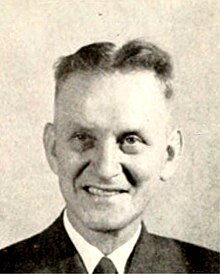
To confirm Rochefort’s hunch, Holmes suggested having Midway send an unsecured message to Pearl Harbor reporting a problem with the desal plant. The Japanese effortlessly intercepted and duly forwarded via JN-25 the news that AF had a water problem. Rochefort was right. AF pretty clearly was indeed Midway.
Armed with that knowledge, and with one more carrier than the Japanese counted on—they thought, mistakenly, that the Yorktown, like the Lexington, had gone to the bottom of the Coral Sea in May—the Americans lay an ambush for the massive Japanese fleet that descended on Midway in early June. But things could still have gone and very nearly did go badly for them. For in addition to knowledge and carriers and the element of surprise, the Americans were armed with obsolete planes and defective torpedoes. They needed courage and luck and arguably the effectively suicidal sacrifice of many of their torpedo plane crews to win the battle, and they had all three in abundance.
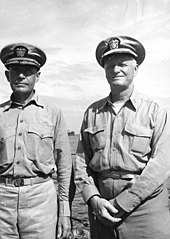
Some of the more consequentially courageous American participants in the battle were Adm. Raymond Spruance, Lt. Cmdr. John C. Waldron, and Lt. Cmdr. C. Wade McClusky. Spruance was in charge of Task Force 16, comprising the carriers Enterprise and Hornet. The Americans had a great deal of trouble launching their planes and coordinating their air groups the morning the battle started. Spruance, in the interest of striking the enemy before the enemy could strike him, chose to send his dive bombers off in pursuit of the Japanese carriers largely unescorted, with little if any fighter protection.
The Japanese adhered more closely to the conventional strategy of assembling and deploying a strike force in full. In the heat of the battle, Spruance’s improvisational piecemeal approach proved vastly more productive.
McClusky led the Enterprise dive bombers. They had trouble finding the enemy carriers. He kept searching for them beyond the point at which he could safely assume his planes would have enough fuel to make it back to their ship, and then he had the great good fortune to spot a wake cut by a Japanese destroyer that pointed him straight to his target.
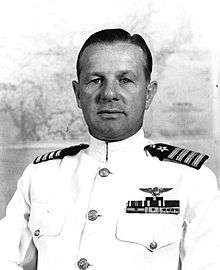
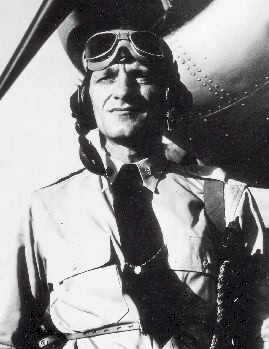
Lt. Cmdr. John Waldron led VT-8, the Hornet’s torpedo plane squadron. Scout plane reports that morning put the Japanese carrier group to the southwest. Hornet Air Group Cmdr. Stanhope C. Ring suspected the presence of a second carrier group trailing the first and won the consent of Hornet CO Marc Mitscher to fly due west in pursuit of it. Waldron’s vehement objections to that strategy having failed to overturn it, he mutinied after taking off and led his squadron on a southwesterly course in accordance with the scout reports.
Waldron’s aim was perfect, but his planes were slow, their torpedoes defective, and the aim of the Japanese pilots who greeted them in their nimble Zeroes good enough that all fifteen Douglas TBD-1 Devastators in VT-8 were wiped out. One man, Ensign George H. Gay, survived.
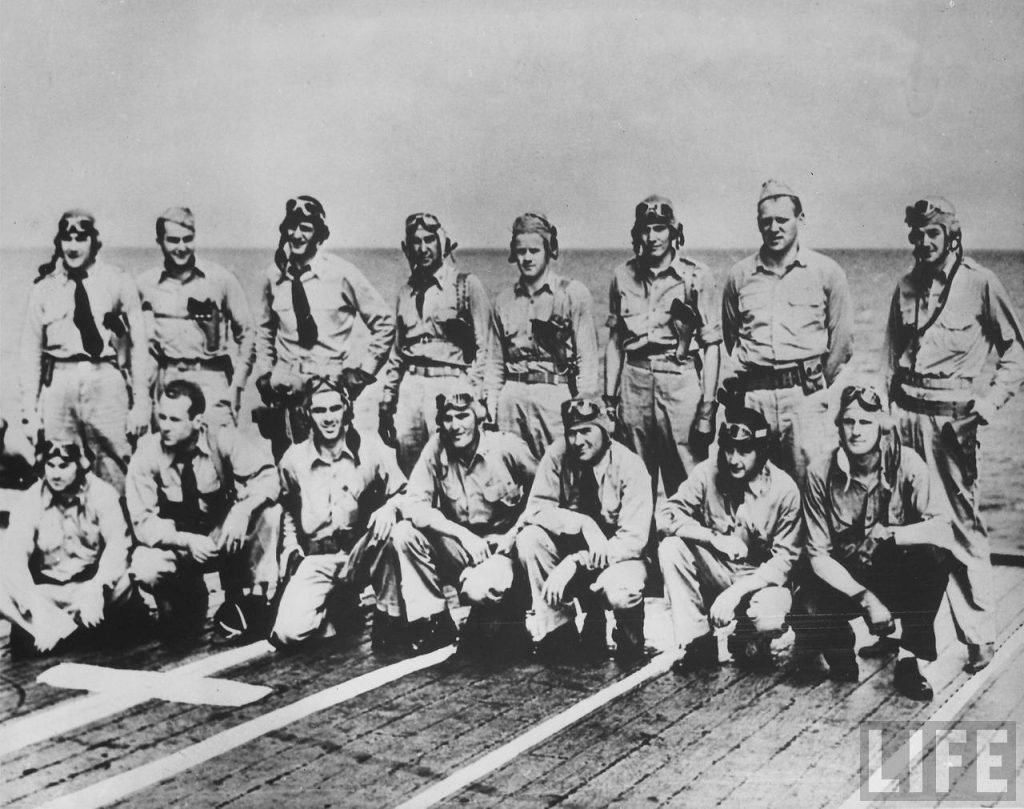
But Waldron and his squadron mates and all the many other doomed American torpedo plane crews did not lumber to their deaths that morning in vain. They drew down the Zeroes flying CAP (combat air patrol) over the Japanese carriers, leaving the higher altitudes from which McClusky and his dive bombers and their counterparts from the Yorktown made their approaches largely or completely undefended. Within minutes after the more or less simultaneous arrival of the two dive bomber groups, three of the four carriers in the Japanese fleet were flaming wrecks and the tide of the war in the Pacific had turned.
Planes from the fourth Japanese carrier, the Hiryu, managed to cripple the Yorktown that afternoon, but a few hours later the Hiryu too had been hit. The Japanese scuttled all four carriers. The war would grind on more than three years yet, but the chance the Japanese might win it pretty much vanished with them.
